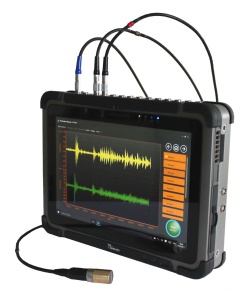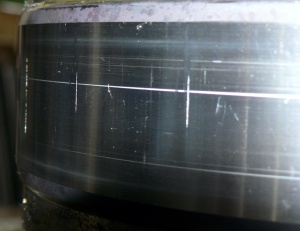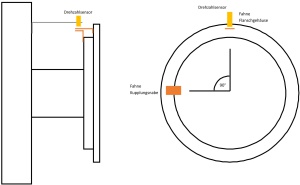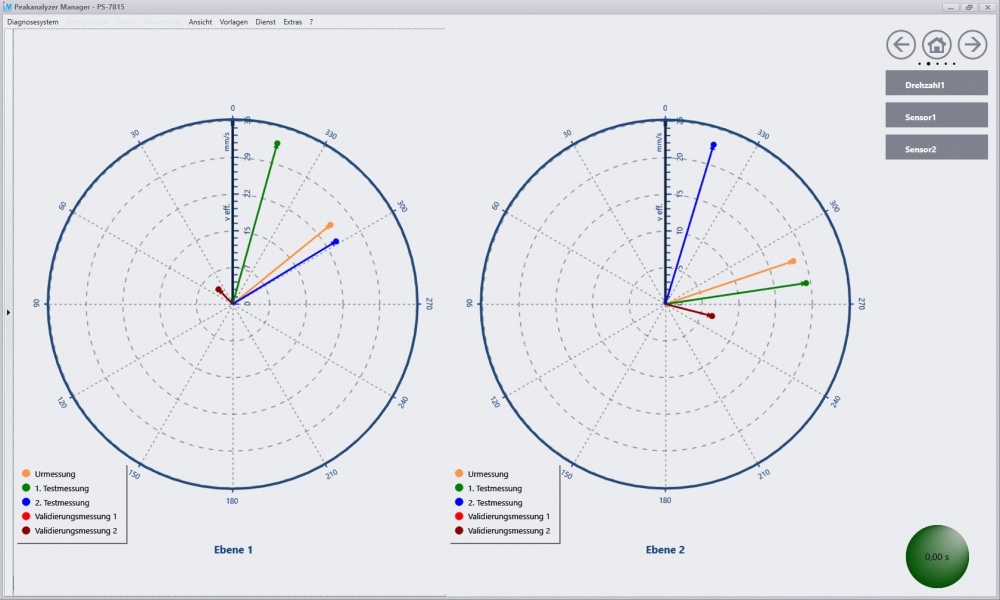News
-
Entry date 24.07.2025
Condition monitoring at HUSUM WIND 2025

-
Entry date 16.07.2025
Condition monitoring saves system operators a lot of money

-
Entry date 27.01.2025
Drum coupling monitoring - Automatic condition monitoring on cranes

-
Entry date 18.10.2024
Condition Monitoring and Artificial Intelligence

-
Entry date 15.12.2023
Condition monitoring at maintenance Dortmund on February 21st and 22nd, 2024

Here you meet us:
From now on we offer the vibration measuring system PeakStore5 with extension by the function balancing.
In this case, the vibrations caused by imbalance are measured on a fully assembled rotor and calculated required balancing weights. This is done in two balancing planes and at variable speed.
The process is simple. The two balancing planes are defined. Two accelerometers and a rotary encoder are installed. And there are a few inputs required. Then a first measurement is performed. Subsequently, a test mass is attached to a compensation plane and a test measurement is carried out. Thereafter, this process is repeated for the second level of compensation. Based on this data, the system calculates the balancing weights and locations of attachment. The system takes into account that the application of leveling compounds is only at certain angles or radii possible, or that the masses not added, but will be removed. Subsequently, up to five validation measurements are possible. Finally, a log is generated that documents the entire process and specifies the balancing quality according to DIN ISO 21940-11: 2017-03.
In this case, the vibrations caused by imbalance are measured on a fully assembled rotor and calculated required balancing weights. This is done in two balancing planes and at variable speed.
The process is simple. The two balancing planes are defined. Two accelerometers and a rotary encoder are installed. And there are a few inputs required. Then a first measurement is performed. Subsequently, a test mass is attached to a compensation plane and a test measurement is carried out. Thereafter, this process is repeated for the second level of compensation. Based on this data, the system calculates the balancing weights and locations of attachment. The system takes into account that the application of leveling compounds is only at certain angles or radii possible, or that the masses not added, but will be removed. Subsequently, up to five validation measurements are possible. Finally, a log is generated that documents the entire process and specifies the balancing quality according to DIN ISO 21940-11: 2017-03.
More news in 2019
Archive - 2025
-
Modified date 2025/07/24
Condition monitoring at HUSUM WIND 2025
-
Modified date 2025/07/16
Condition monitoring saves system operators a lot of money
-
Modified date 2025/01/27
Drum coupling monitoring - Automatic condition monitoring on cranes
Archive - 2024
-
Modified date 2024/10/18
Condition Monitoring and Artificial Intelligence
Archive - 2023
-
Modified date 2023/12/15
Condition monitoring at maintenance Dortmund on February 21st and 22nd, 2024
-
Modified date 2023/08/22
Condition Monitoring at HUSUM WIND 2023
-
Modified date 2023/06/16
Is condition monitoring even worth it?
Archive - 2022
-
Modified date 2022/07/05
Analysis of the foundation movement on wind turbines





